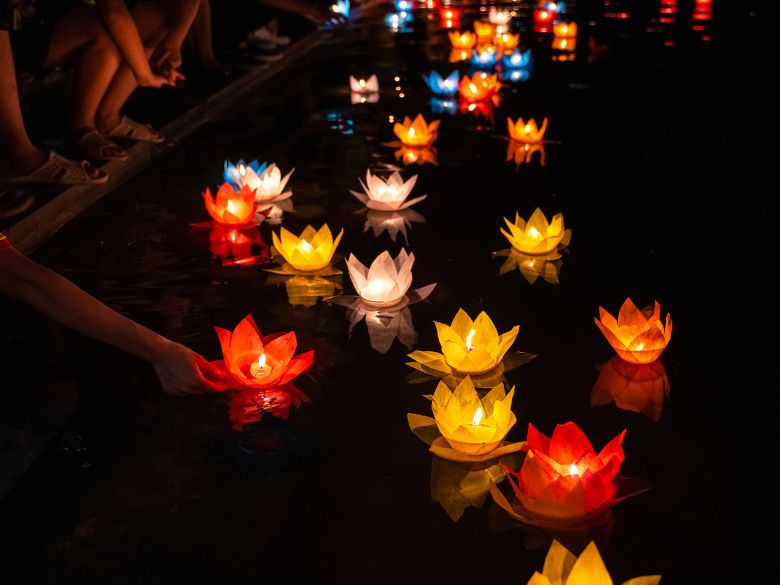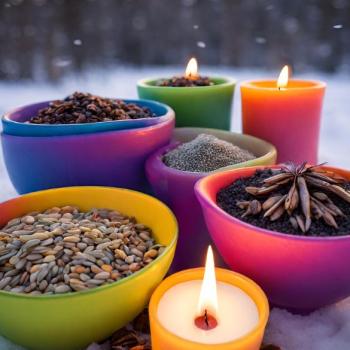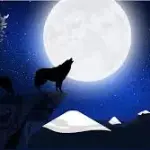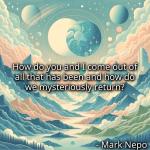
Halloween, with its eerie costumes, spooky decorations, and a sense of playful fright, is a widely celebrated holiday in many parts of the world. It’s interesting to note that various faiths around the globe have their own festivals that share similarities with Halloween, a great example of the universal need to acknowledge our ancestors, the time of death, and our desire for life beyond our mortal walk. These celebrations may not always align perfectly with the modern commercialized version of Halloween, but they embrace themes of the supernatural, remembrance of the deceased, and the triumph of light over darkness.
Here are a few examples:
Dia de los Muertos – Mexico
In Mexico, Dia de los Muertos, or the Day of the Dead, is a vibrant and colorful festival that coincides with Halloween. Celebrated from October 31st to November 2nd, this holiday honors deceased loved ones. Families create elaborate altars adorned with sugar skulls, marigold flowers, and the favorite foods and beverages of the departed. People dress in skeleton costumes, and parades and festivals take place across the country to celebrate the cycle of life and death.
Pitru Paksha – Hinduism
In Hinduism, Pitru Paksha is a 16-day period when Hindus pay homage to their ancestors. It is believed that during this time, the spirits of the deceased visit the realm of the living. Families perform rituals, offer food, and conduct tarpana (libations) to honor their ancestors and seek blessings for their well-being in the afterlife. The festival is marked by a sense of solemnity and reflection, akin to Halloween’s connection with the supernatural.
Obon – Buddhism
Obon, or the Festival of the Dead, is a Buddhist tradition celebrated in Japan in July or August, depending on the region. During this time, families honor deceased relatives by lighting lanterns and setting them afloat on rivers and other bodies of water. It is believed that these lanterns guide the spirits of the deceased back to the world of the living. Bon Odori dances are also performed, and grave sites are cleaned and decorated to welcome back the spirits.
Samhain – Celtic Paganism
Samhain, originating from Celtic pagan traditions, is considered the precursor to modern Halloween. Celebrated on October 31st, it marks the end of the harvest season and the onset of winter. It is believed that during Samhain, the veil between the world of the living and the world of the dead is at its thinnest, allowing spirits to cross over. People would light bonfires, don masks, and leave offerings to appease the spirits. Many elements of Samhain have been incorporated into contemporary Halloween celebrations.
Chuseok – Korean Buddhism
Chuseok, also known as Korean Thanksgiving Day, is a major harvest festival celebrated in Korea. While it is not directly related to Halloween, it shares some thematic similarities. Families gather to pay respect to their ancestors by visiting their ancestral graves, offering food, and performing ancestral rites. Chuseok emphasizes the importance of family and the connection between the living and the deceased, similar to Halloween’s focus on remembering the departed.
Qingming Festival – Chinese Traditions
The Qingming Festival, also known as Tomb-Sweeping Day, is a Chinese tradition that occurs around April 4th or 5th. During this time, families visit the graves of their ancestors to clean the tombstones, make offerings, and burn incense. It is a day of remembrance and reflection, where people pay their respects to their ancestors and ensure their well-being in the afterlife. While not directly tied to Halloween, Qingming shares the theme of honoring the deceased and maintaining a connection with the spirit world.
Regardless of the specific rituals and customs, these traditions serve as a reminder of the enigmatic and unexplained aspects of life and death, making them captivating parallels to the Halloween festivities we know and cherish. the value of exploring the rites, rituals, and sacred ceremonies of faiths other than our own is that we begin to identify aspects of life that are universally important to all human beings — and, in the process, we come to a better understanding of our interconnection. This serves the pursuit of peace — something much of the world is actively seeking now.


















